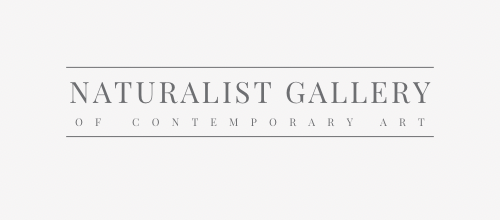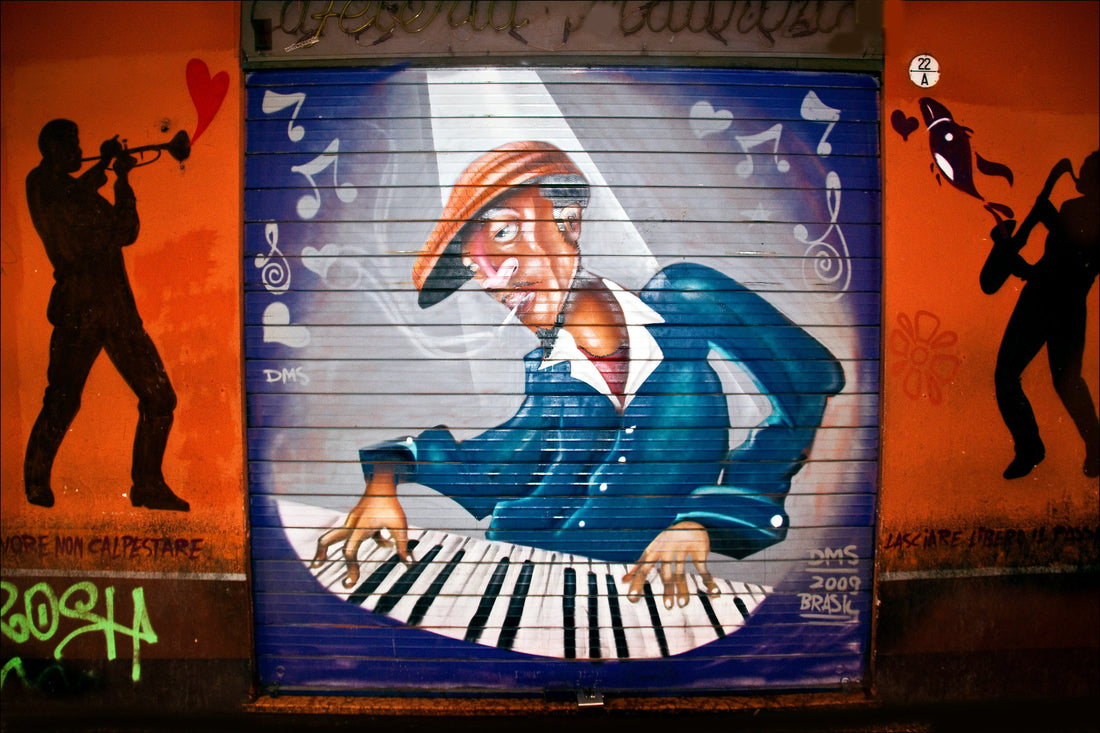The relationship between music and visual arts has been symbiotic and transformative, reshaping the landscape of contemporary creativity.
Music and visual art share a dynamic relationship, influencing each other through elements like rhythm, harmony, and emotion. This interplay has inspired artists to integrate musical concepts into their visual works, leading to innovative art forms and multimedia experiences.
This interaction has prompted artists to merge auditory and visual experiences, influencing the evolution of art and design.
Explore our curated selection of contemporary artists from around the globe.
Naturalist Gallery offers artist representation internationally. Apply your art.
Influence and Symbiosis
Music and art share a profound connection that has been explored and celebrated throughout history. This relationship is evident in the ways that music has influenced various art movements and individual artists. For instance, the rhythm, mood, and harmony of music have been translated into visual expressions, creating a new layer of experience for the audience. The work of modern artists like Stuart Davis and Piet Mondrian showcases this influence, as they incorporated the essence of jazz and other musical genres into their paintings, blending rhythmic vibrancy with visual spectacle.
Modern Art and Music Interplay
In the 20th century, the intersection between music and art became increasingly prominent, with artists striving to capture music's ephemeral qualities in tangible forms. The avant-garde movements sought to translate musical attributes like rhythm and harmony into visual formats. Paul Klee, influenced by his musical background, infused his artworks with a musical rhythm and structure, embodying the intertwining of the two disciplines. Likewise, Wassily Kandinsky's endeavors to blend painting with music aimed to create a multisensory experience, reflecting the deep, intrinsic link between these forms of expression.
Creative Inspiration and Experimentation
The exploration of musical concepts in visual arts has opened new avenues for artistic innovation. Artists have employed musical elements such as melody, rhythm, and harmony to inform their visual designs, creating artworks that resonate with the dynamism and flow of music. This cross-pollination encourages artists and designers to approach their work with a musical mindset, leading to the creation of visually stunning and emotionally engaging pieces.
Contemporary Reflections
Today, the impact of music on visual arts continues to be significant, with contemporary artists drawing inspiration from music to push the boundaries of creativity. The digital age has further facilitated this exchange, allowing artists to experiment with audiovisual integrations, immersive installations, and multimedia projects that blur the lines between sound and sight. As the relationship between music and visual arts evolves, it promises to inspire new generations of artists to explore the rich, interwoven tapestry of sound and vision.
In essence, the impact of music on visual arts is a testament to the universal language of creativity, uniting auditory and visual experiences in a harmonious blend. As we continue to explore and celebrate this connection, we deepen our understanding of the powerful role that music plays in driving and shaping artistic innovation.
Learn more About Naturalist Gallery of Contemporary Art.
You may also find the following articles helpful:
The 14 Essential Artists of Impressionism
Expressionism: 20 Iconic Paintings & Their Artists
Renaissance Art: Origins, Influences, and Key Figures
Classical Art Movement: Exploring the History, Artists, and Artworks
Figurative Art: Understanding, Collecting, and Appreciating the Style
Daily Routines of Famous Artists: Learn from the Masters
Top 12 Controversial Artworks That Changed Art History




